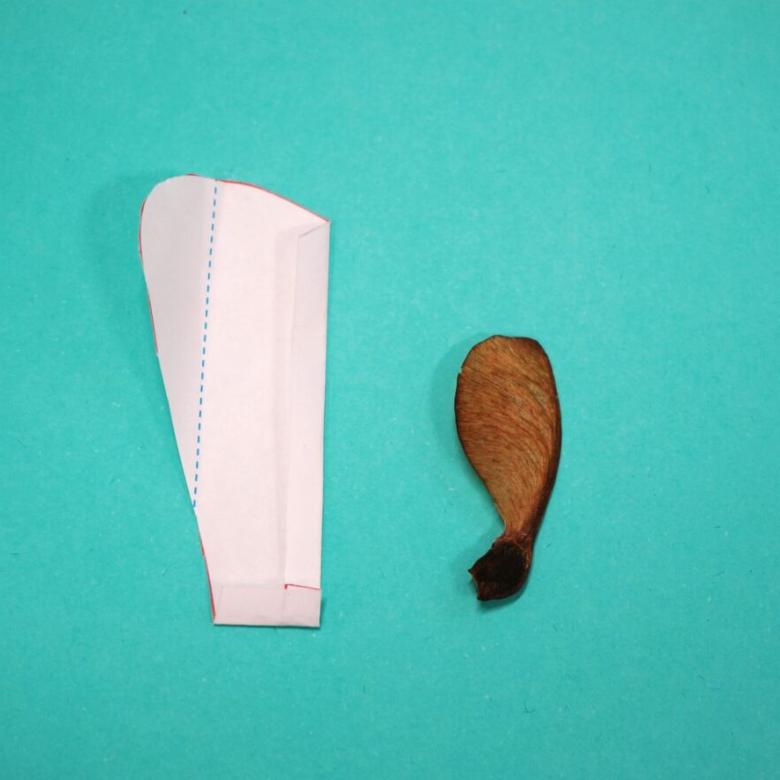You'll need
- A 2 l clear plastic bottle with lid (a soft drink bottle works well)
- Water
- A thumb tack (or drawing pin)
- A 20 cm length of string
- 1 cork, small enough to fit through the neck of the bottle
What to do
- Gather your materials on a flat surface.
- Fill the plastic bottle with water.
- Lay one end of the string over the flat bottom of the cork, and secure it in place with the thumb tack.
- Hold the other end of the string and lower (if need be, push) the cork into the bottle of water. Feed most of the string through the neck of the bottle. Secure the loose end of the string by screwing the bottle lid over it.
- Turn the bottle upside down and the cork should float in the water, without touching the sides or bottom (now at the top!) of the bottle.
- If the cork touches the bottom of the bottle, turn the bottle the right way up, unscrew the lid and pull out some of the string. Screw the lid back on and check it again. Keep adjusting the string until the cork floats in the water without touching any part of the bottle.
- Hold the accelerometer at an arm’s length in front of you (the lid of the bottle should be facing the floor).
- Watch the movement of the cork as you walk forwards, backwards and spin in a circle. (Not all at the same time!)
Questions to ask
What direction did the cork move when you walked forwards?
What direction did the cork move when you walked backwards?
What about when you spun in a circle?
What's happening
The cork moves in the direction of acceleration. When you walk (accelerate) forwards, the cork moves forwards. This is because the water in the bottle moves to the back of the bottle, pushing the cork forwards. When you walk backwards, the cork moves backwards, because the water moves to the front of the bottle.
This experiment works because of the different densities of the cork and the water. Density is a measure of how much mass there is in a given volume. Water is denser than cork. That is, a cup of water would be heavier than the same cup filled with cork.
Because the water is more dense than the cork, it has more inertia for the same volume. What does that mean? The inertia of an object tells you how much force is needed to make it change its motion. A body with more inertia needs a bigger force to make it speed up, slow down or go sideways than a body with less inertia does.
Imagine a cork-sized bit of water. The force needed to accelerate that bit of water at a certain rate is bigger than that needed to accelerate the cork.
When you accelerate the bottle, the cork is accelerated more easily than the water. So, the water ends up at the back of the bottle. This makes the cork move in the direction of acceleration.
If you spin around, the floating cork will move towards you. This shows that when you spin in a circle, the direction of acceleration is towards the centre. The cork is more readily accelerated than the water, so moves towards you compared with the water.
Did you know
Inertia is the reason magicians can pull a tablecloth out from under a set table! Because the plates and cups on the table are reasonably dense, a substantial force is needed to accelerate them rapidly. When the magician pulls the tablecloth out, the force acting on the plates is friction between the plates and the cloth. If the objects have enough inertia and the cloth is slippery enough, this force is far too small to accelerate the dishes, and they stay on the table. The faster the magician pulls the cloth, the better this works. Why? The objects must accelerate faster to keep up with the cloth, but the friction is not getting any bigger, so they get left behind more readily. You can try this at home, but make sure you check with your parents first! Plastic is not very dense, so this is a hard trick to do with plastic plates.
The density is not the only important thing. How free things are to move also matters. We need a cork that is free to float around, and a tablecloth that is slippery.






